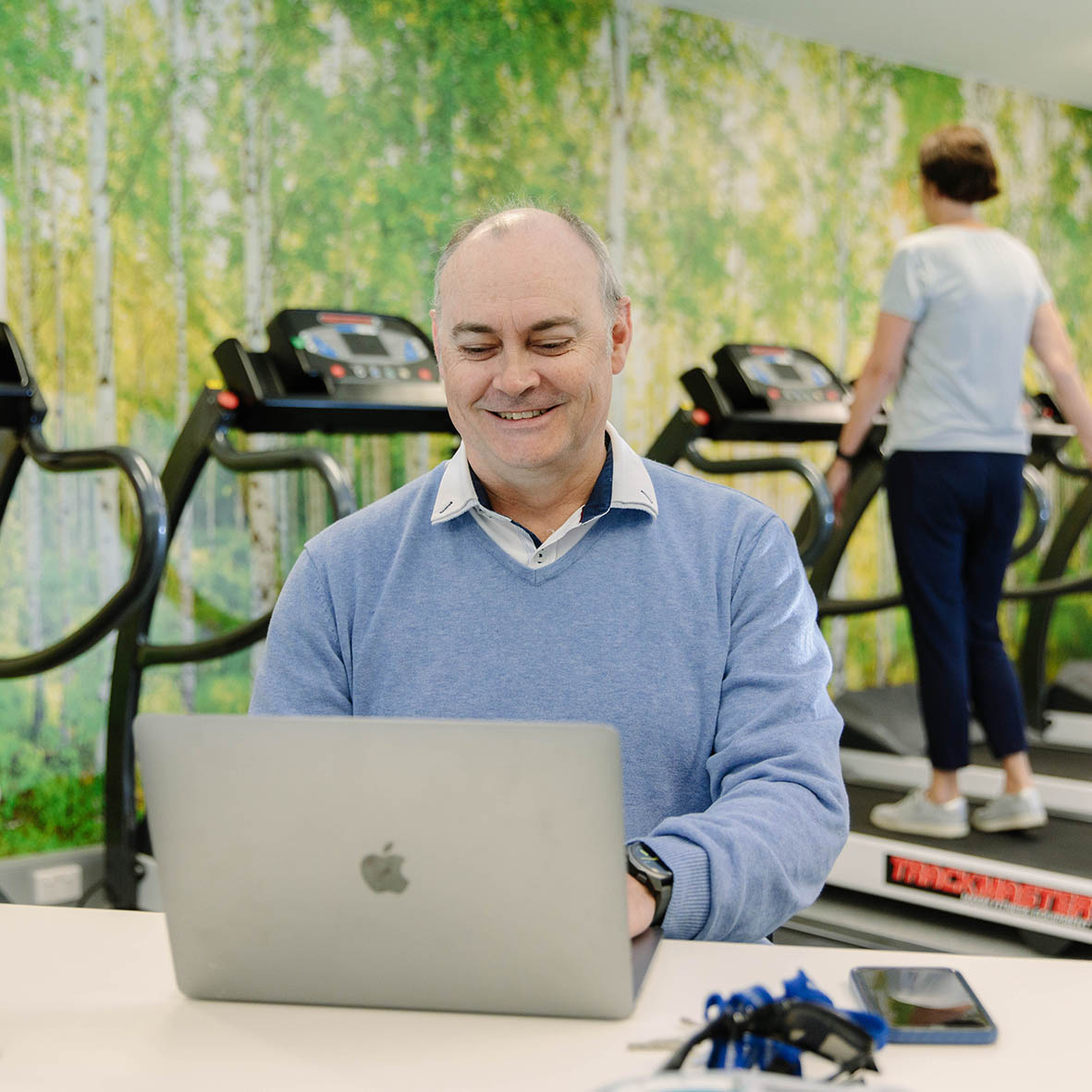An interview with Doctor Dan Blackmore

Why do you study dementia? Why did you choose to follow this research path?
When I started in this field, we did not know what happens to stem cells in the brain during ageing. We found that whilst they decreased with age it was still possible to activate them through various means including physical exercise. This opened multiple possibilities, the most obvious was to study how increasing stem cell activation in the brain would affect memory and learning during ageing. We have now shown that we are able to improve cognitive ability in aged mice, a finding and approach we are now undertaking with human participants. I follow this path for several reasons, it’s fascinating, it’s challenging but most of all, it has real world implications. That is what drives me.
What impact do you hope your research will have on society?
I sincerely hope that our discoveries can be widely shared with the public. Ideally, our findings will become the cornerstone of new paradigms that allows people to stay dementia free for longer. We are moving much closer to being able to provide evidence-based approaches that are successful in meaningfully improving a person’s life, especially in terms of their cognitive ability.
Why did you choose to conduct your research at the Clem Jones Centre for Ageing Dementia Research (CJCADR)?
CJCADR brings together some of the best and brightest to study dementia. It allows for collaborative research to be undertaken under one roof. It takes advantage of attacking the problem from multiple angles. It is a place that allows fundamental research discoveries to be followed through from the bench top to the clinical space. I can’t think of a better place to be and I am truly honoured to be a part of it.
How does CJCADR create new discoveries about the brain?
For me, CJCADR are able to create new discoveries because of the incredible mix of research that is occurring simultaneously in one central location. This creates a perfect melting pot of ideas, from multiple angles, that allows us to tackle some of the most difficult problems in brain research. The utilisation of multiple approaches and models has resulted in remarkable progress and will continue to do so now and into the future.
What were your first thoughts when you joined CJCADR?
I was excited. It was the bringing together of a large group of researchers to focus on a common goal, tackling dementia.
What would you like to see CJCADR achieve in the next 10 years?
The progress that has been made in the first ten years has been remarkable. The next ten years is going to be both incredibly exciting and rewarding. We are now successfully translating our fundamental research, obtained in animal models, into the clinical space. I would like to see this continue and I feel that it will even accelerate. I believe that CJCADR has reached a critical mass, capable of making significant inroads into understanding dementia and that the next decade will see meaningful progress in altering the trajectory of age associated cognitive decline and dementia.

